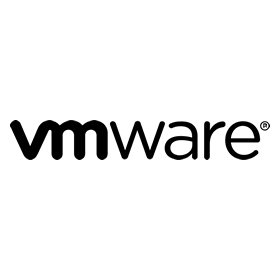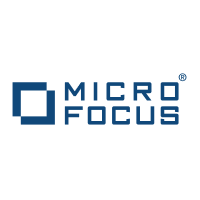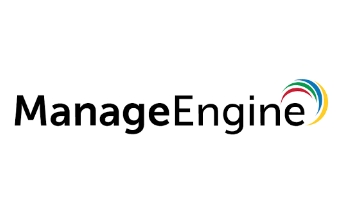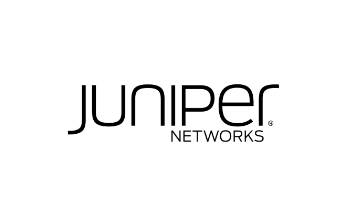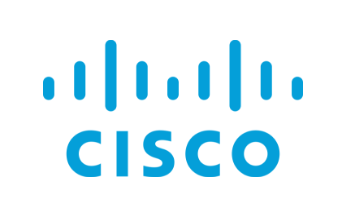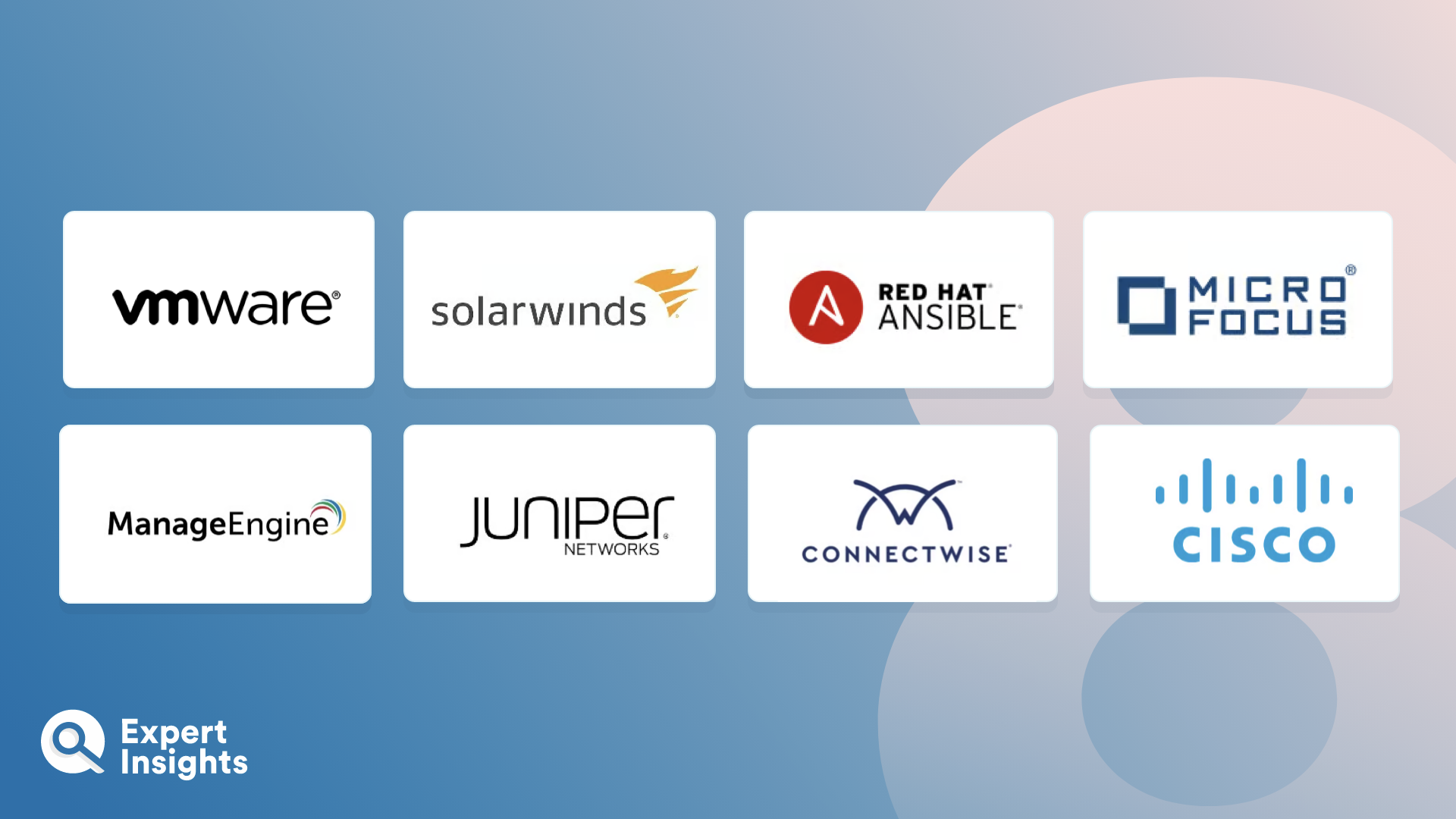FAQs
What Is Network Automation?
Network automation involves the use of technologies and software to automatically configure, manage, and provision network and security processes. This reduces time spent by network admins on manual tasks, improving speed and consistency of network administration.
The network automation solutions outlined in this list allow network admins to automate network and security management tasks, including network configuration, device provisioning and management, inventory tasks, and more. This helps teams to manage their network environments more effectively and efficiently, ensures compliance regulations are adhered to, reduces the risk of human error, and helps to lower network admin costs.
How Do Network Automation Solutions Work?
Network automation solutions can be used to automate key network tasks, including provisioning, troubleshooting, reporting, and more. These solutions are typically delivered via software installed on your network. This simple step reduces complexity and cost when making changes across your network devices.
Script-based network automation enables admins to program and automate tasks. Many modern network automation solutions are managed via an admin console, with pre-built policy controls to make management easier.
Increasingly, network automation solutions support management for cloud-native applications. Intelligent network management solutions use machine learning algorithms to automate and improve network processes; ensuring automation is adaptive, efficient, and aligned to business goals.
What Are The Key Features Of Network Automation Solutions?
Network automation solutions enable teams to automate management, device provisioning, device inventory, thereby saving time, reducing errors, and lowering costs. Key features of the network automation solutions reviewed on this list include:
- Network planning and policy management
- Device configuration
- Network provisioning
- Network monitoring and alerting
- Network data analysis
- Network updates
- Network troubleshooting and remediation
- Implementation of security tools
- Network inventories
Why Is Network Automation Important?
Network automation is an important way for network admin teams to automate repetitive or time-consuming manual tasks, reduce the risk of human error, ensure compliance regulations are met, and lower costs. Key benefits of implementing a network automation solution include:
- Simplify network management: Implementing a network automation tool helps to simplify network management, ensuring networks are running smoothly and minimizing downtime, while reducing manual hours spent managing policies and devices.
- Reduce network risks: Automation helps to reduce the risk of human error, such as misconfigurations or missed updates.
- Improve security: Network automation solutions automate security patches and updates, ensuring that connected network devices are secure against vulnerabilities and threats.
- Compliance: Network automation solutions can enforce security policies to help ensure compliance regulations are being adhered to.
- Lower Costs: Reducing manual time spent managing network policies and devices mean IT and network admin teams can work more efficiently, reducing business costs.
- Improve network visibility: Network automation tools can improve your view of network traffic and improve troubleshooting capabilities.
- Optimize networks: Intelligent network automation solutions can optimize your network performance at scale, with analytics and diagnostics to help teams more effectively resolve issues.
- Make quicker changes: With automation tools, admins can more quickly and efficiently make changes to network devices and policies, improving scalability. Alerting enables admins to quickly make adjustments when needed.



